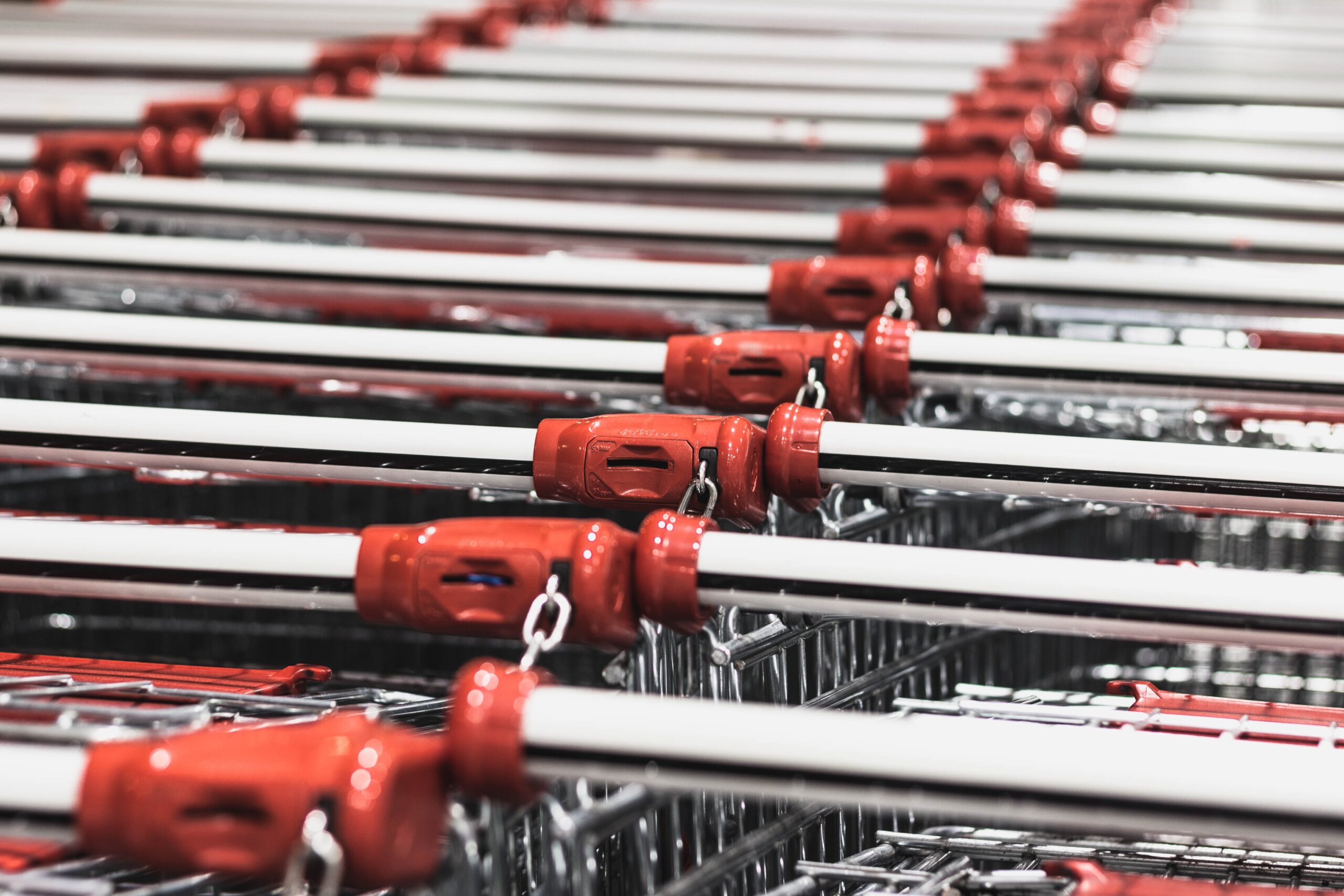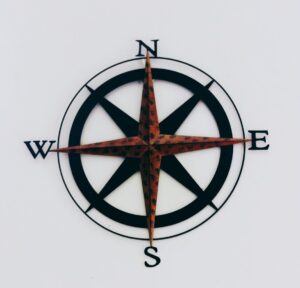One of the biggest line items that we spend money on is our food. Like many of you, I usually shop at whichever grocery stores are closest to me. A couple of years ago, while living in Houston, TX, a friend told me about Aldi Grocery Store and said he was saving 50% off his core grocery bills. At that time, I had never heard of Aldi, and I usually did my food shopping at H.E.B, Walmart, and occasionally Costco. When he told me about his savings, I decided to visit the store at my next grocery run. Oddly, there was an Aldi grocery store just across the street from the H.E.B that I usually shopped at, and I never noticed it.
First impressions – to be honest, I was not that impressed. The store is small, and you have to put a quarter to get a cart, and once you return your cart to the designated location you get your cart back. So it was just a weird experience just getting in the door. Once inside, the store was small, one of the smaller stores that I have been to. First thing, I noticed, there were no fancy displays, no food samples, just 6-8 small aisles to go through. As I did my shopping and zig-zagged my way through the aisles. I noticed there were hardly any brand name food items. I would say 90% of the store was full of generic foods. One or two name-brand cereals, one brand name laundry detergent, and so on. This reminded me of Costco’s with their Kirkland brand, which is their generic option. Also, for a Saturday afternoon, the store was not busy at all (versus the parking lot full of cars across the street at the H.E.B.).
I was able to find everything on my list, and since the store was so small, it did not take much time at all. At the time, I think I spent about 30 minutes going through the aisles and picking my items.
The next step was checking out. This I was not impressed by at all. There were two cashier lanes open, and they just threw all my stuff in the cart. No bags to put the grocery items. It turns out, it’s Bring Your Own Bags (BYOB) when you shop at Aldi’s. There was no bag person to help you with the groceries. After checking out and looking at my receipt which was well under $100 dollars, I was very surprised. I was accustomed to paying $150 – $250 during these grocery runs just right across the street. Also, with no fancy displays and salespersons inside, I was not tempted to buy items that were not on my list. Overall, with the size of the store and the limited items and 30 minutes in and out, this was a bit different than going to H.E.B, which I mostly shopped at. There I was spending easily an hour going through the 18+ aisles at a store that was easily 3-4 times larger than Aldi.
A few days later, I called up my friend and told him about my experience and savings and we had a couple of laughs. Since that day, I’ve been shopping at bargain grocery stores, mainly Aldi, whenever I get a chance. On occasion, I go to the brand name stores for items that I cannot find.
Being a resident physician in south Florida and living on a lower income and a tight budget, I’ve come to appreciate bargain grocery stores. They do not have the bells and whistles the bigger chains have, but they have all the essentials that I need. In South Florida, another bargain grocery store that I’ve started shopping at from time to time is Fresco y Más. They are owned by Winn-Dixie and target the Hispanic community. I find their prices slightly higher than Aldi’s, but the stores are way bigger and provide more options, especially when it comes to items that pertain to the Hispanic community.
You can’t talk about grocery stores in South Florida without mentioning Publix. Publix is considered the “brand name” grocery store. The stores usually have all the items including niche spices and foods that you will not find at Aldi and Fresco. They have whole gluten-free sections. Think of Aldi and Fresco as the Toyota Corolla of grocery stores, and Publix as a Lexus. When you walk into a Lexus dealership, be ready to pay a premium.
During COVID quarantine and wanting to limit my exposure to the supermarkets, I decided to try food pickup services from the three supermarkets. Both Aldi’s and Publix are using Instacart to fulfill their orders, therefore, it was easy to compare them. I decided to order 17 items that I use on a regular basis to see if I was actually saving any money by shopping at a bargain grocery store now that I was living in South Florida. I used both supermarkets’ generic offerings to help get the best estimate.
Publix Vs. Aldi
As you can see there are significant savings from just choosing the store that you shop at. Keep in mind, that these are mainly generic store brand items. If we were to add brand name items, the price could have easily been increased by 50%. I don’t know about you, but for me, I could use that extra $37.35 ($97.46 – $60.11) for that week’s worth of groceries. That’s a 38% savings on your grocery bill. That’s gas money or extra money I could be using to pay down debt.
Fresco y Más on the other hand uses a different food delivery shopping service called Shipt. It’s a little harder to have a direct comparison, but below are similar items.
Fresco y Más Vs. Aldi
Shopping at Aldi’s versus Fresco for these same items will save 31%. ($87.61 – $60.11), that’s a savings of $27.50.
I’ve stated before, this is just me sharing my experiences throughout residency and daily life. This is in no way telling you at which stores you should shop. In fact, some will argue there are cheaper alternatives, such as farmer’s markets or buying in bulk from Costo’s, Sam’s and BJ’s (those three require a yearly membership). The point is there are many options, and you should be aware of them.
The store you choose comes down to personal preference and what they have in your neighborhood. If you are happy going to Publix, Whole Foods, or your preferred brand name store, just know that you are paying a premium. If you value that experience, then continue shopping at those stores.
As I get older, and hopefully wiser, I now understand why my parents cut coupons and looked in the Sunday’s paper for the best deals when it came to groceries. These little savings add up when you have 5 growing teenagers in your house. Now that I have my own two growing kids, I see that I cannot tell the difference between cheerios at Publix, H.E.B, or Aldis, and I’m pretty sure my kids don’t care. If I can save a little in the process, that’s a win that I will take any day.
At the end of the day, shop where you want to shop, but be mindful that there are always better options out there to help you win at saving money.




